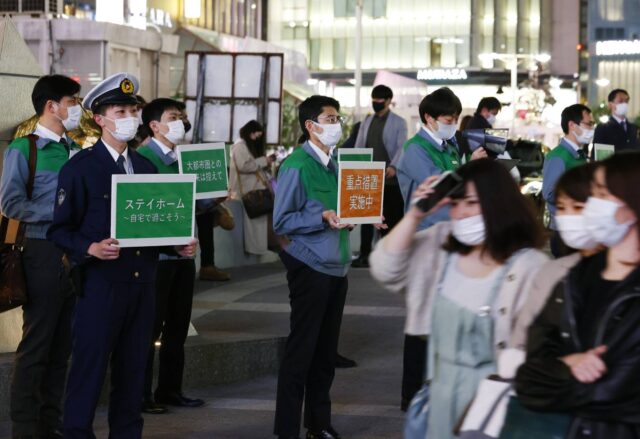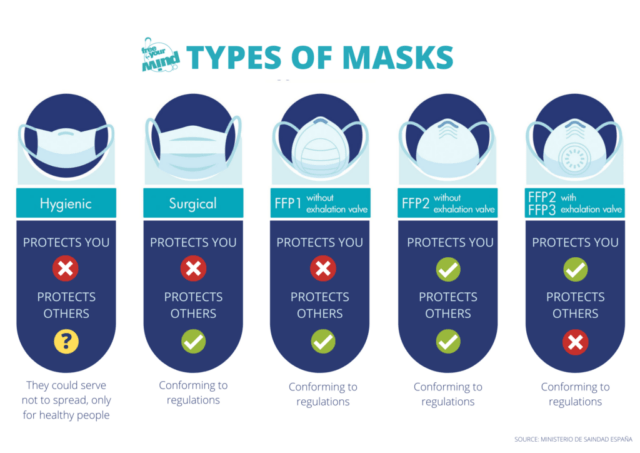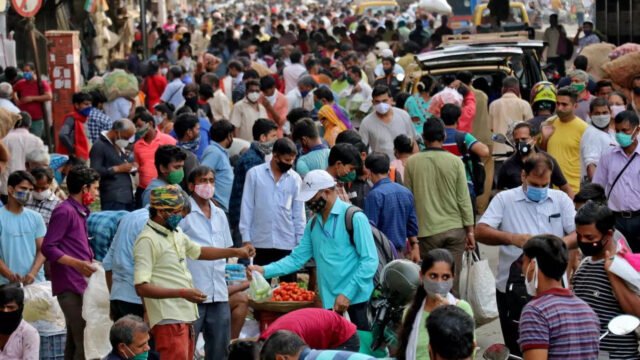In the past few weeks, Japan has been facing a terrifying onslaught of the coronavirus which has resulted in the death of 18 people in the Osaka prefecture. What makes this a cause of concern for the Japanese state is the fact that this marked the first time that Osaka reported deaths outside of hospitals.
The coronavirus pandemic has fluttered high and wide to spread its ravenous panic amongst the masses. It has ravaged entire continents, and although things are starting to settle down in a few places with the entirety of the pandemic coming under control, a few still face its wrath.
Japan’s casualty or infected list isn’t as damning as India’s or United States’, yet for all that is worth, it is still jarring owing to the fact that Japan has one of the best Human Development Index ranks at 20.
The Japanese government has taken pride in their work for the betterment of the Japanese populace in the field of health care forever. Yet, with the turn of the year, the pandemic has found new footing in the Japanese hinterland with an egregious spike in the infection rate.
Thus, we come to the question that stares at us ostensibly – Are behavioural patterns accustoming the normalization of masks actually helping us to ward off the pandemic?
The question is of the utmost importance. However, it can only be elucidated upon having established the lines set by the Japanese Government upon being plagued by the fourth wave.
What Actually Happened In Japan As The Fourth Wave Shocked The Country?
The fourth wave of the coronavirus has brought about absolute doom to the country, especially in the Osaka prefecture as it recorded 18 deaths; 17 deaths from the 1st of March.
This entire issue arises on the pretext of these deaths being the first recorded outside of hospitals. This has led the Japanese to question the efficiency of the incumbent government in tackling the pandemic.
This new development comes at a time when Japan has been spread thin of its medical resources in the wake of the fourth wave.
According to Yasutoshi Kido, a professor at Osaka City University’s Graduate School Of Medicine said, “Compared to the number of infections, the number of beds for severe cases is very limited in Japan.”

This unfortunately is the case in most places. The circumstances surrounding the spread of the virus is mostly owed to the lackadaisical inoculation movement.
As of now, only a meagre 2.6% of the Japanese populace has been vaccinated, making Japan one of the worst-performing rich countries in the field of inoculation. Couple this with the fact that in Osaka alone, 96% of hospital beds were already occupied on Wednesday.
The lack of resources has led to a detriment of a phenomenal order as can be seen with the example of a particular nursing home in Osaka. 61 of its residents were infected and 14 died while waiting to be hospitalised, according to reports from Friday, 7th of May.
Also Read: A Japanese YouTube Channel Releases A Song Named ‘Curry Police’ Insulting Indians
Although most deaths recorded were of the elderly, the youth of Japan isn’t exactly out of danger. However, to ask the real question as posed previously-
Are Masks Enough To Ward Off The Virus?
The long and short of the answer is obviously ‘no, it isn’t. However, I will elaborate on the why and why not. To exactly understand the gravity of the question is to understand what happened in Japan.
The Japanese were already accustomed to wearing masks much before the coronavirus reared its head or even started spreading.
Surgical masks or protective masks in modern Japanese society have become an intrinsic part of their day to day life. However, it hasn’t been enough to keep the virus out.

The Indian populace is much denser than the entirety of the Japanese state, and considering the fact that masks have been propagated as the iron guard to protect the citizens, is underwhelming, to say the least.
To put matters into perspective, what actually matters when wearing a mask, one needs to make sure of the kind of mask they are wearing. However, even if one makes sure to wear an N95 mask, it won’t keep out 100% of the floating particles.
As the name suggests, it keeps away 95% of suspended air particles. Thus, the 5% will, more often than not, find a way into the human body.
Hence, to propagate the idea of absolute protection from the virus then the rules of isolation, six feet distance while conversing and sanitization are of primary importance. Wearing a mask, much like the government, is but the first line of defence.

With each mutation of the virus, it is necessary to keep the other lines of defence on the ready. The extremely volatile nature of the virus actively seeks to break these barriers down, which further makes way for further concerns.
It must be deduced that these lines of defence are temporary and absolute defence can only be provided by inoculation at the earliest. Get vaccinated, but till then, wear your masks, keep six feet distance when interacting and sanitize yourself often.
Better yet, try to stay at home and don’t go out unless absolutely necessary. Your party can wait.
Image Source: Google Images
Sources: News18, Reuters, Healthline
Connect with the blogger: @kushan257
This post is tagged under: corona in japan, japan corona cases, corona cases in japan, covid 19 india, impact of covid 19, American COVID-19 Vaccine, covid-19 deadly wave, covid, covid 19, coronavirus, corona, pandemic, vaccine, vaccination, corona cases, India corona, corona update, corona in India, astrazeneca vaccine, covishield, covaxin, bharat covaxinbharat biotech, west bengal, bengal election, india second wave, corona second wave, covid second wave, covid 19 recovery, covid recovery rate, covid recovery rate india, recovery rate india, covid 19 recovery rate, recovery rate in india, covid recovery rate in india, after covid recovery, india second wave, corona second wave, covid second wave, japan fourth wave, osaka, osaka covid deaths, osaka prefecture, mask, personal hygiene corona, corona protection kit, face mask, mask n95, mask price
Other Recommendations:
South Koreans Are Attending Religious Gatherings In ‘Prayer Pods’ To Avoid COVID-19


































